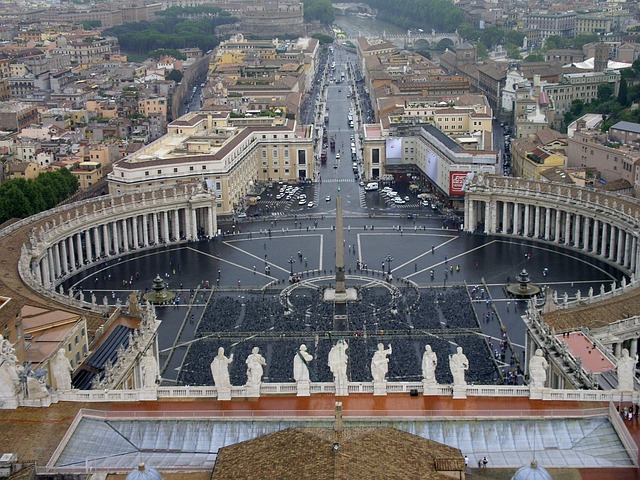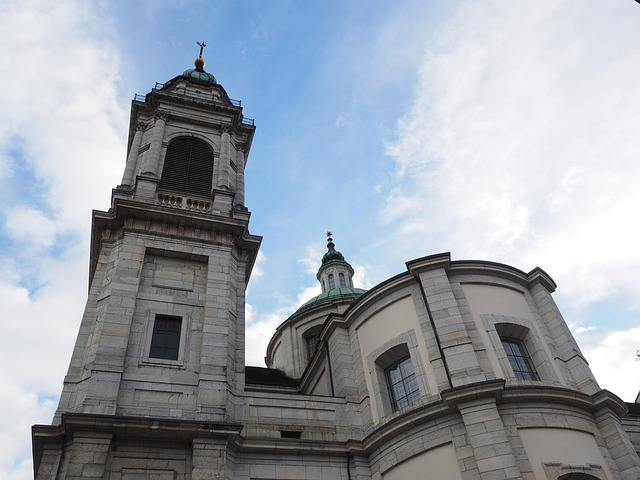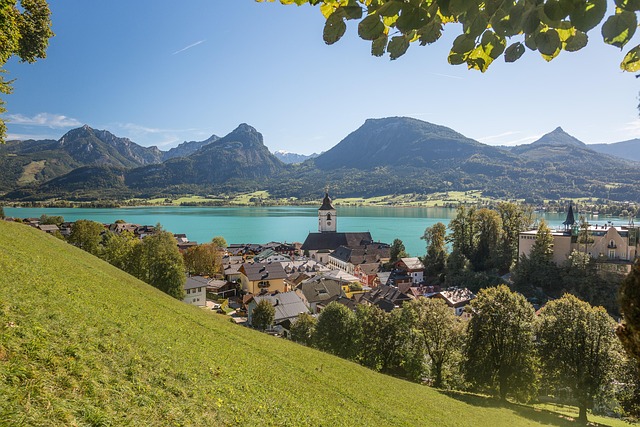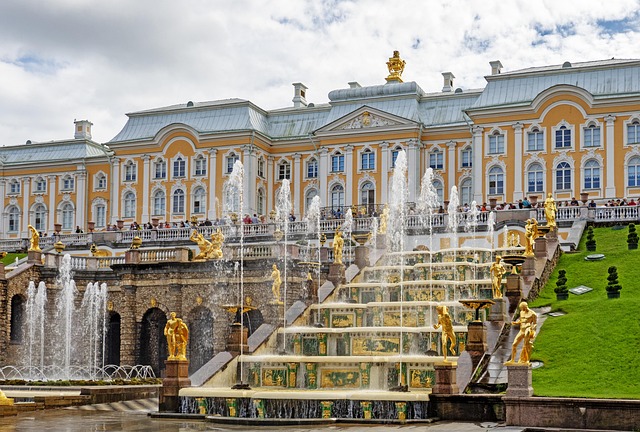In real estate, a "close-knit community" is defined by more than location—it's a socially rich environment built on shared values and deep connections facilitated by faith. Faith acts as a powerful social glue, transforming strangers into neighbors and encouraging participation in local initiatives, thereby strengthening the neighborhood's social fabric. Strategic real estate development that incorporates green spaces, diverse housing types, and amenities like places of worship and community centers can foster face-to-face interactions and promote a vibrant, resilient sense of belonging.
In the heart of many thriving towns and cities lies a unique social fabric—the close-knit community. This intricate web of connections fosters a sense of belonging, where neighbors become family. With strong faith serving as the cornerstone, these communities offer a supportive network that transcends boundaries.
This article explores how faith intertwines with real estate to create vibrant neighborhoods. From understanding the concept to the practical considerations in real estate, we delve into the factors nurturing these special communities.
Understanding the Concept of a Close-knit Community

In the realm of real estate, one often encounters terms that shape our understanding of where we live and belong. Among them, “close-knit community” stands out as a concept that transcends mere geographical proximity. It encapsulates a unique social fabric characterized by deep connections, shared values, and an unwavering sense of belonging. In such communities, neighbors become family, fostering an environment where trust and mutual support are the cornerstones.
This intimate setting is often driven by strong faith, which serves as a unifying force. Whether it’s through religious services, community events centered around spiritual themes, or shared practices, faith deepens the bonds within the group. As a result, members find solace, purpose, and a sense of security within their close-knit surroundings, making these communities vibrant and resilient in today’s ever-changing world.
The Role of Faith in Building Strong Neighborhoods

In the realm of real estate, one of the most significant factors that contribute to a neighborhood’s desirability is its sense of community and shared values. Faith plays a pivotal role in forging strong connections among residents, fostering an environment where strangers become neighbors and neighbors become family. Places of worship often serve as hubs for community gatherings, providing a space for people from diverse backgrounds to come together, share common beliefs, and build lasting relationships.
When faith is deeply ingrained in a community, it cultivates a culture of support and mutual aid. Residents are more inclined to look out for one another, creating a safe and welcoming atmosphere that enhances the overall quality of life. This sense of belonging encourages active participation in neighborhood initiatives, whether it’s organizing local events, volunteering for community service projects, or simply looking after neighbors in need. Such collective efforts strengthen the social fabric, making each neighborhood a vibrant tapestry where everyone plays a vital role.
Real Estate Considerations in Nurturing These Communities

In fostering a close-knit community with strong faith, real estate plays a significant role in creating an environment that encourages connection and shared values. Location is key; choosing neighborhoods with ample green spaces, safe and well-maintained public areas, and a mix of housing types can facilitate diverse social interactions. Walking distances between homes, places of worship, schools, and community centers encourage face-to-face encounters, strengthening the sense of community.
Real estate developers and investors can contribute by designing and building residential spaces that not only meet practical needs but also foster social cohesion. This includes incorporating shared amenities like community gardens, playgrounds, and gathering halls where residents can connect. Additionally, integrating places of worship within or adjacent to residential areas makes it easier for faith-based communities to gather and practice their beliefs together, further cementing the sense of belonging.






